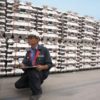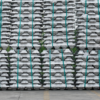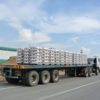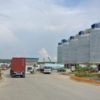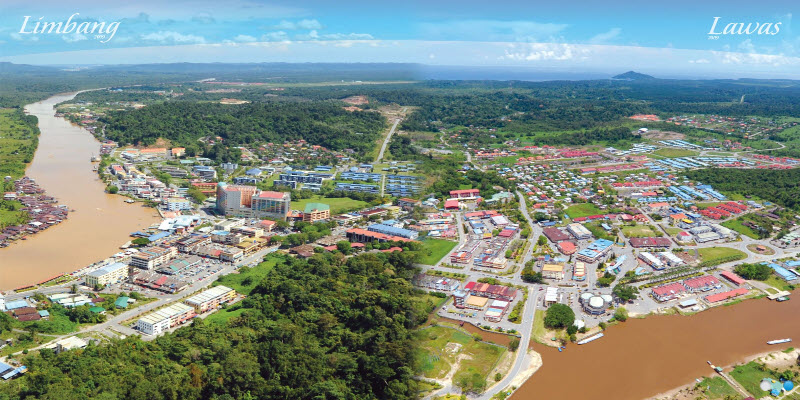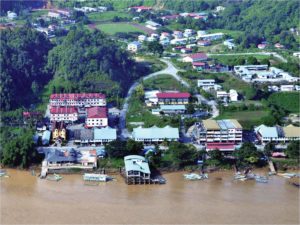Aluminium Industry
Aluminium Industry
Major potential markets include China, Peninsular Malaysia and other ASEAN countries.
Aluminium is one of the ten priority industries identified by the State Government to form the foundation for SCORE’s growth.
Reliable, affordable electricity is a vital factor in the effective and efficient processing of the ore – as power accounts for 20% to 40% of the total cost of producing aluminium. Sarawak’s vast hydropower resources, strategically positioned deep water ports and generous tax breaks and financial incentives make it an ideal setting for large-scale investment projects.
Key segments in the aluminium industry are smelting, casting, foundries and extrusion. Most of the aluminium products currently manufactured in Malaysia are extruded components used in construction.
The biggest global users of aluminium are the packaging, transport and construction industries. Aluminium is used extensively in food and drink cans and foil, but the motor industry is the fastest growing market.
Aluminium is replacing steel in many vehicles, allowing carmakers to make panels and fittings lighter and cut fuel consumption and CO2 emissions. Ships, railway carriages and aircraft are increasingly using aluminium, as it is resistant to corrosion and can halve the weight of many metal components.
In the construction industry, window frames, doors, building facades and tools can all be made from aluminium. And there are many more uses in electricals and electronics, kitchen appliances, manufacturing machinery and power transmission lines.
Production of aluminium – the most abundant metal in the Earth’s crust – has grown by around 6% per year for the last five years. Aluminium can be recycled again and again, reducing its environmental impact, but demand is still rising and industry analysts forecast that similar growth will continue until 2020 and beyond.
China, the biggest single user and the developed markets of Europe, America and Japan have traditionally been responsible for most of the world’s aluminium consumption. China and the ASEAN countries will provide the key export markets for many years to come, though experts see the balance shifting as countries like India, Russia, Brazil and Indonesia modernise their economies and increase their consumption.
The SCORE development strategy is focused on providing plentiful and resilient electricity supplies and other key infrastructure elements, such as deep water port facilities, roads and airports, to meet the specific needs of major aluminium industry investment projects.
As the demand for aluminium continues to grow, SCORE, with its abundance of inexpensive energy, its attractive tax breaks and investment incentives and its strategic position at the crossroads of Asia, is emerging as the perfect location for the development of large-scale aluminium smelting projects.
The aluminium industry has the potential to create 10,800 jobs in SCORE by 2030, contributing USD5.5 billion to Malaysia’s GDP. Investment in Sarawak’s new smelters will also create many new investment opportunities in the downstream industries that add value by transforming primary aluminium into finished and semi-finished products for export.
Powering this growth is a global demand for aluminium that is forecast to reach 42 million tones per annum by 2030, mainly driven by fast-developing Asian markets. The packaging, transport and construction industries will continue to be the biggest users. Strong growth is expected in the automotive sector and there will also be increasing worldwide demand in the construction industry, as urbanisation and economic development spur new building activity.


